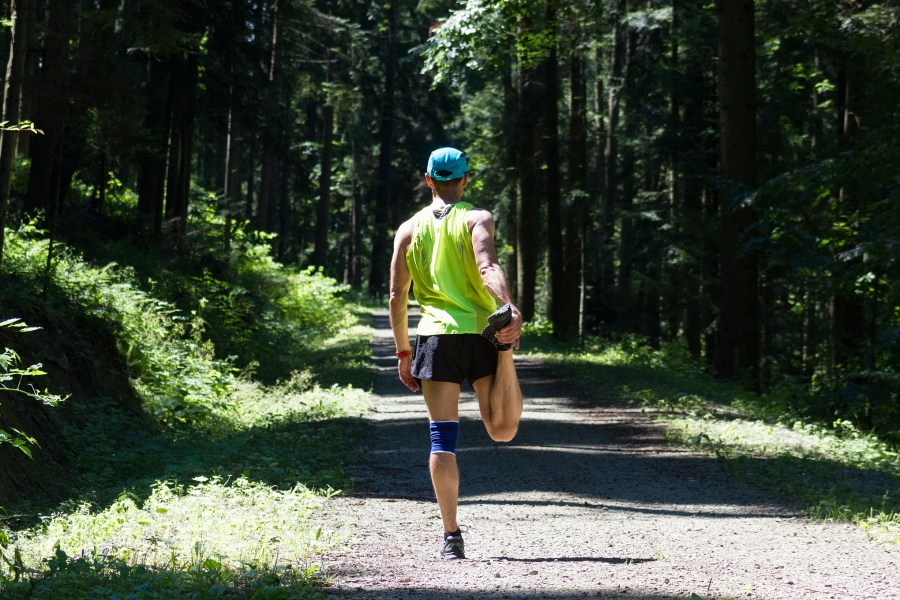If you’re still doing static stretches before your runs, it’s time to swap them out for more dynamic stretches
Runners are a strange breed: they don’t buy new kit often enough, they do the same route over and over again and they don’t warm-up properly. Enter – dynamic stretching!
How many times do you see runners completing a static stretch against a lamppost or holding their foot to their glute and pulling for dear life?
Research has found that doing five lower-body static stretches – fully extending a muscle and holding it in the stretched position for up to 30 seconds or longer – in a 16-minute warm-up actually impairs running performance and increases the energy cost of running.
In the study, published in the Journal of Strength and Conditioning Research, non-stretching subjects ran on average 200m further in a 30-minute treadmill run than those who had static stretched.
What’s the difference?
Generally speaking, dynamic stretches come before your session, static stretches come after. Dynamic means movement – so you’re creating blood flow, your warming up muscles, ligaments and joints.
You’re priming your body for activity by putting it in motion; replicating the kinds of movements your activity requires. That’s useful for workouts where you’re using your fast-twitch muscle fibres, like heavy lifting, football or combat sports.
After your session is when you should employ static stretching. That’s where you stretch and weaken the muscle fibres, which protects them from inflaming, getting sore and potentially causing injury.
So you’re priming your body up with dynamic stretches and calming your body down with static stretches – trying to promote muscle recovery.
Another key difference is static stretches have an end point that you’ll hold to emphasise the stretch, whereas dynamic stretches involve ongoing movement (often back and forth or circular).
But it’s perhaps easier to remember not to static stretch cold muscles – instead employ dynamic stretches and you’ll be speed round that next parkrun!






